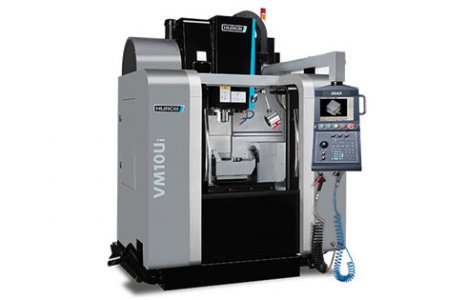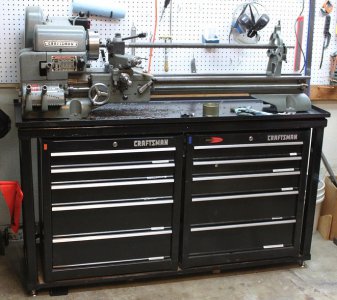Again, a neat idea. However ...
Does anyone have any concerns that it may be difficult to keep the mill level due to "flex" in the top of the tool cabinet?
Hi Leagle...
Hope you don't mind but let me chime-in with a few pearls...
With mills in this class, the bed itself won't flex any amount that can be accurately measured in a home shop and I can all but guarantee, error due to the flex in the tooling will far, far exceed any error introduced by the bed flexing. There are two criss-crossed layers of ways on top of the bed and each one is floating on a layer of oil. That will certainly hide any miniscule amount of bed flex.
In some cases, vibration or oscillation might become apparent but if that's the case, an extra strut here or there -or possibly corner braces should take of that. If you're taking light cuts, heck, you could leave it on the wooden pallet and you'd be OK. There are two different stands available for most of these mills one is heavy sheet metal and the other is cast iron. I happen to have one of each on my two 45's and I've never noticed any measurable differences in accuracy. They sound very different of course (and I like the sound of the CI base better) but I just don't foresee or detect any differences in accuracy.
Also, just to set expectations, mills like this (actually ANY manual mill) are only intended to get precision parts very, very close to finish size (say, within 1 to possibly 1/2 thou) and if precision higher than that is needed, the traditional technique is to cut oversize then finish-up with a surface grinder. Fortunately, for most milling operations, 1-2 thou accuracy is plenty good and 1/2 thou (which is trickier than you might think) is frosting on the cake. You can indeed cut with higher precision on a manual mill but almost without exception, you'll need to take a couple practice cuts and adjustments. It's also worth noting that the finish produced by conventional mill cuts is generally too coarse to measure with precision higher than 1/2 thou...
Lathes are a different matter because of their geometry.
And for the sake of completeness, some mills have requirements for flooring. I'll spill the beans and let folks know, I'm looking at some nice mills now like the one shown. I need to find industrial space that has a minimum of 5" concrete flooring and allows installing studs in the floor. These mills have finished-product accuracy specs which is tested by running a known part and measuring it. These can work on fairly hard steel and produce finishes of "lathe-like" quality given the SFMs they are capable of. This is a whole different can of worms from a manual mill.

Ray




